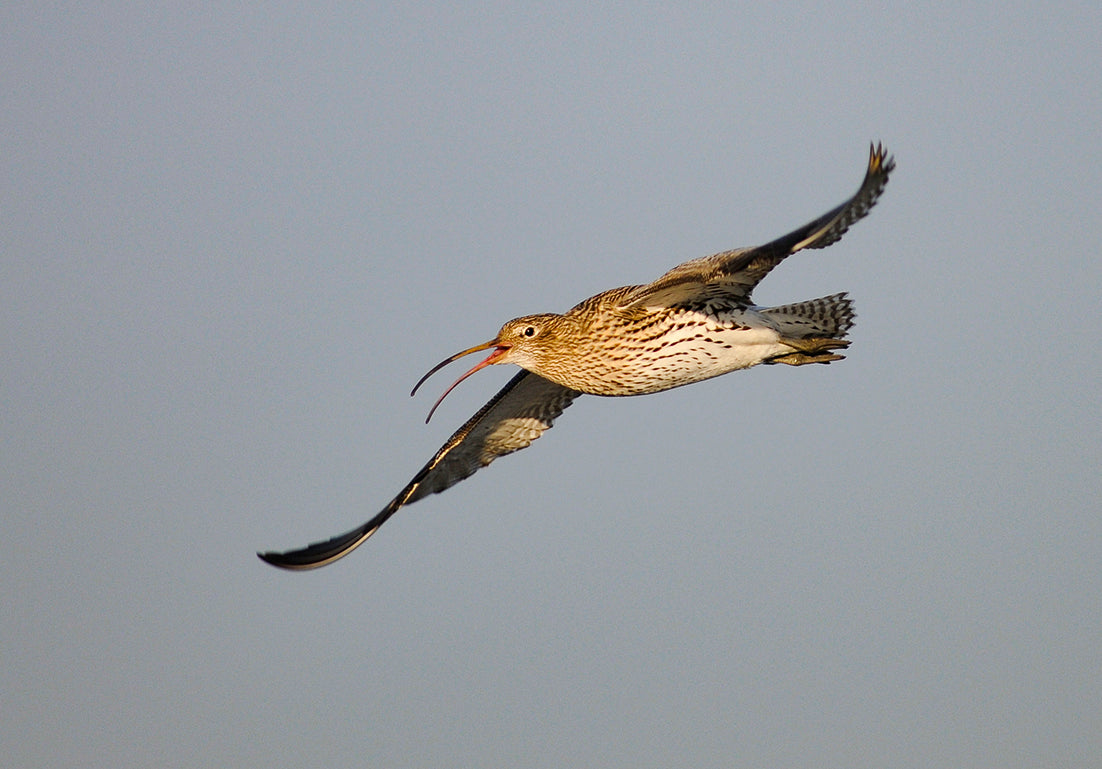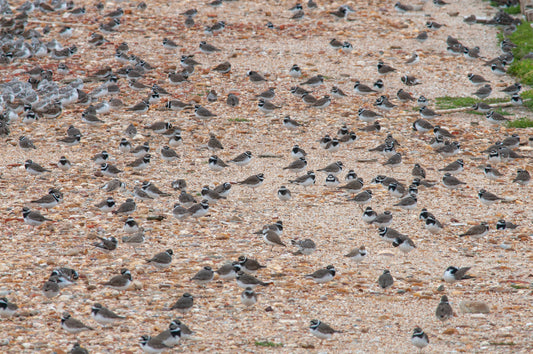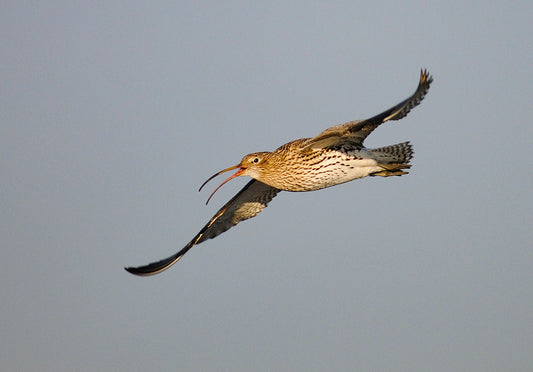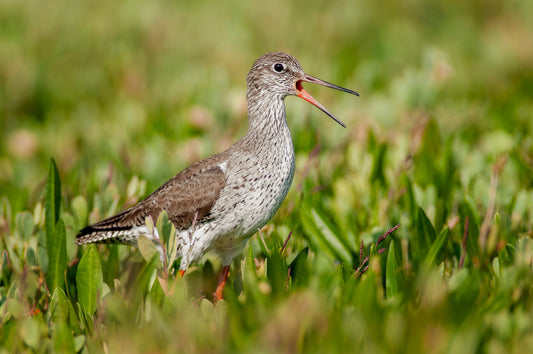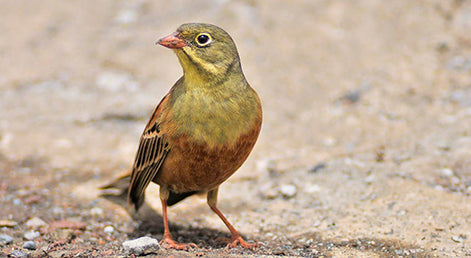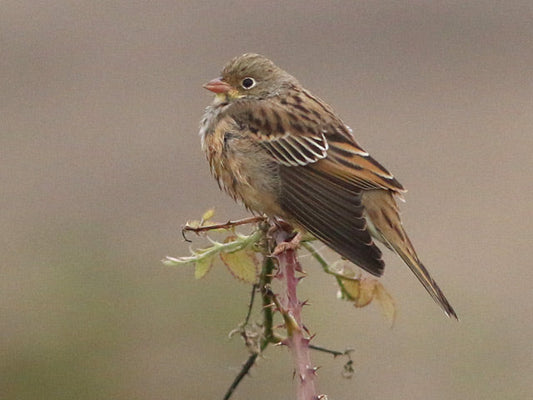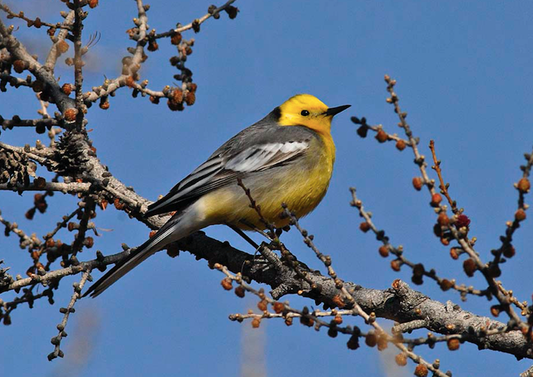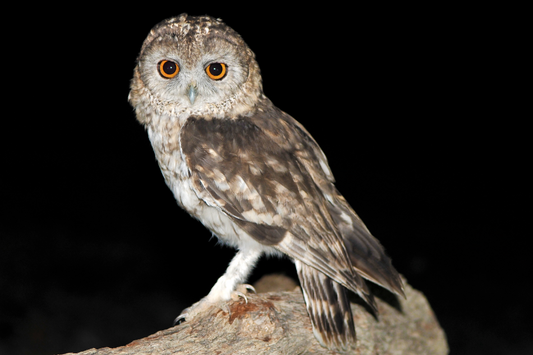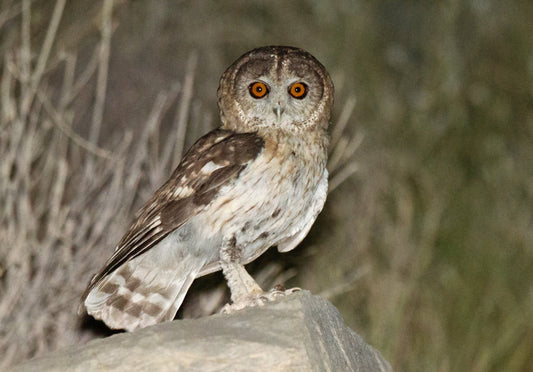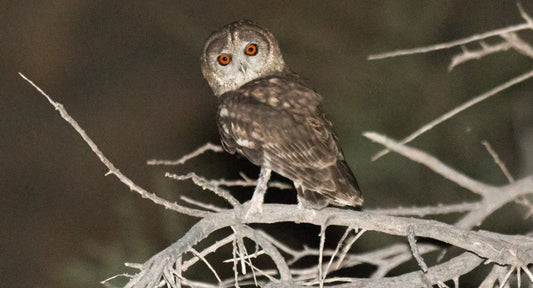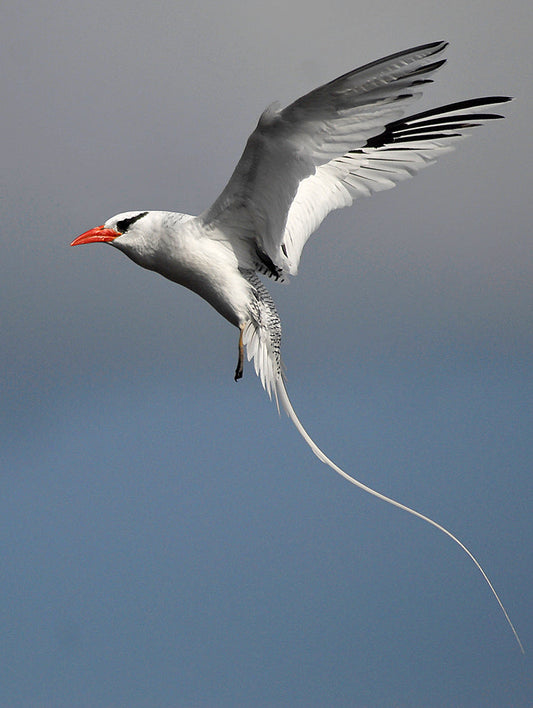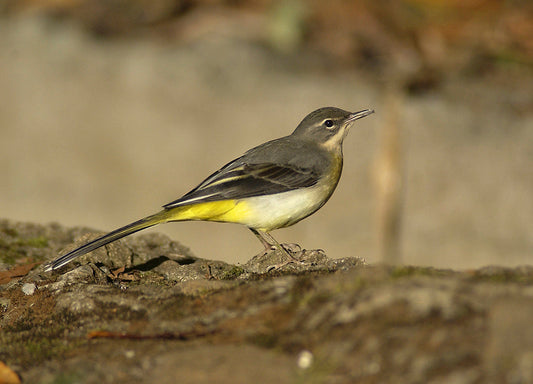Adapted from The Sound Approach to Birding (2005) by Mark Constantine.
Translating bird sounds into words is notoriously difficult, even for the most seasoned experts. Field guides and birding journals tend to concentrate more on visible features than on vocalisations. Despite advances in many areas of sound recording and analysis, written descriptions in field guides tend to be of limited value. It is still not unusual for entire issues of the more popular journals and magazines to contain no reference to calls or songs at all, a surprising fact when one considers just how much an alert birder can achieve by listening.
Some bird sounds are very easy to describe – think cuc-koo, chiff-chaff, cur-lew and so on. Others can be compared to other objects, like the ‘reeling’ of a Grasshopper Warbler that sounds like a fishing reel. Other birds receive handy mnemonics to help us remember them, although these can be of limited value depending on the species: Collared Dove, for instance, is said to sing Un-i-ted, Un-i-ted to the tune of the infamous football chant.
But how do you describe a Common Blackbird or a Common Starling, or even a Robin? More so, how do you describe these sounds well enough to distinguish them from other species? All the Locustella species in the Western Palearctic reel, which can be confusing in the field. The pitch and speed of the reel make them distinguishable, but simply listening to a sound in isolation may make this difficult. And when you consider that most birds make multiple sounds, things become even more confusing. Some birders will attempt to mimic the noise, with varying degrees of success.
Describing what you hear using sounds
Myles North and Eric Simms (1958) dreamt up a ‘vowel scale’ to represent comparative pitch for Witherby’s Sound Guide to British Birds, in which “ee indicates a note of high pitch, ah of medium pitch and oo of low pitch. If the syllables are whispered it will be found that the vowels do in fact sound according to this scale, and a whisper is itself of high pitch and thus likely to approximate to the pitch of a birdcall better than the human voice.”
Introductions to identification books suggest using bolder typeset for the sounds that are stressed. For example, in the Collins Bird Guide Eurasian Bittern’s inhalation followed by deep far carrying sound is uh wump. Lars Svensson wrote that and the text for Birdsong (Elphick et al 2010), where the use of consonants is described using spacing and punctuation, so tik...tik…tik for very slow, tik, tik for slow, tik tik tik faster, tik-tik-tik faster still and tiktiktik for very fast, while k’r’r’r’r is fastest of all. A ‘t’ or a ‘k’ is a harder sound than a ‘g’ or a ‘b’.
Changes to the vowel scale were described thus by Geoff Sample (2010). “Vowels tend to be an indication of a definite pitch, with two vowels indicating a change in pitch: ui suggesting a rising pitch change, eeoo a descending one. A hyphen between the vowels would suggest there are almost two separate syllables or notes. A y is often an indication of a sudden slide in pitch; thus whee-yoo should refer to a disyllabic call holding a high pitch briefly, then with a quick slide a lower one, sustained briefly.”
Ultimately, what we hear is subjective and can be affected by multiple factors, including the acoustics of an environment and our own hearing. In that way, written descriptions will be helpful but rarely definitive in helping separate species - causing much upset along the way for birders with varying ideas of what a species did or should sound like. That's why ultimately, if you're taking your bird sounds seriously, recordings and sonagrams will help you definitively identify the species you hear.

